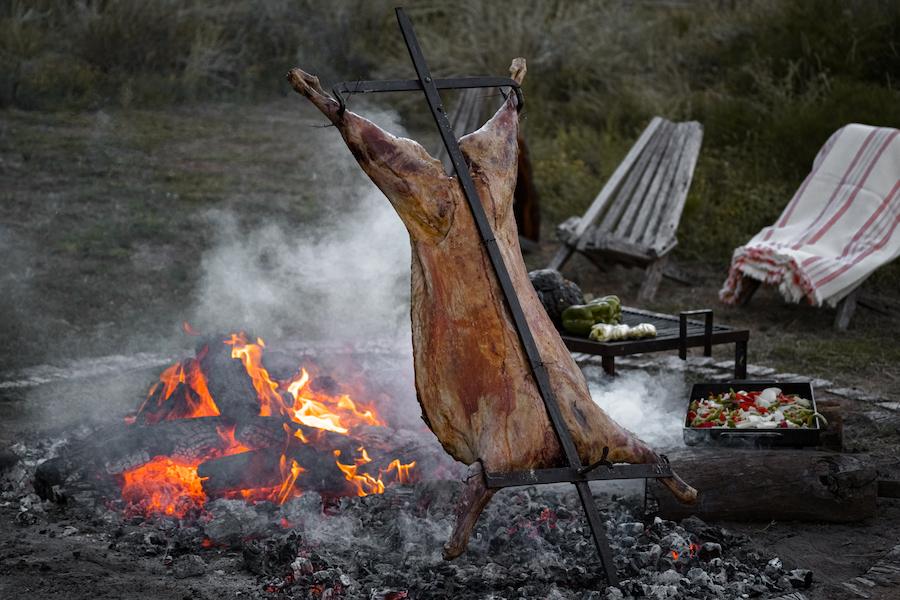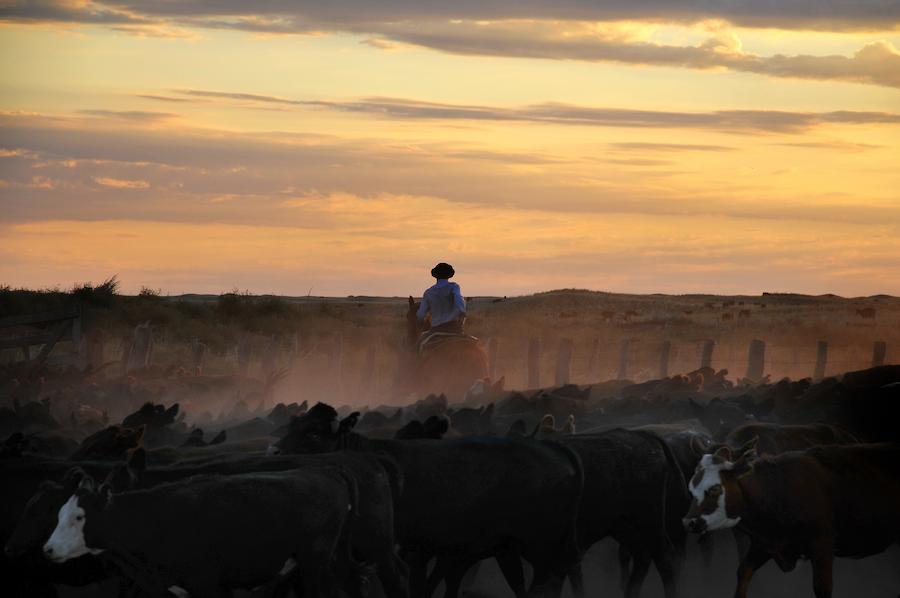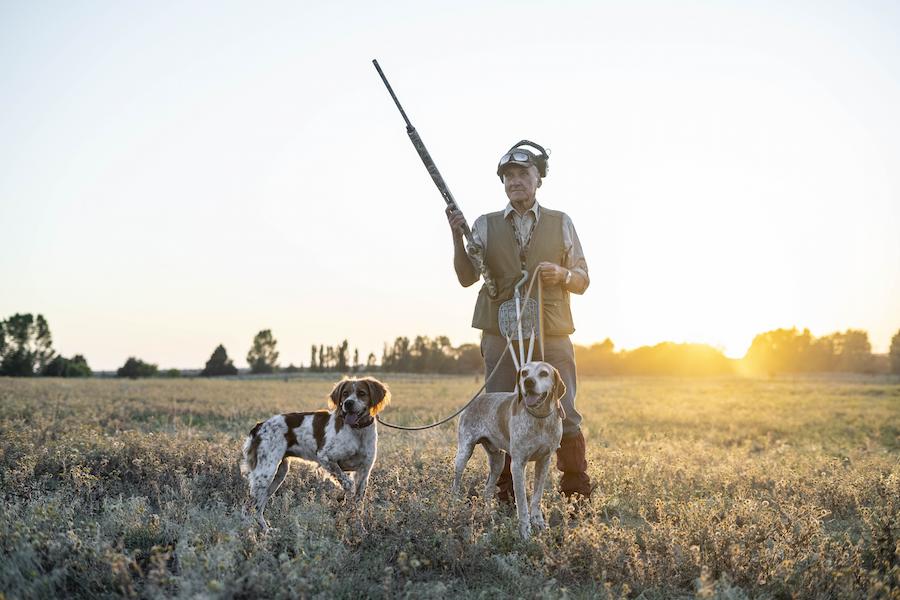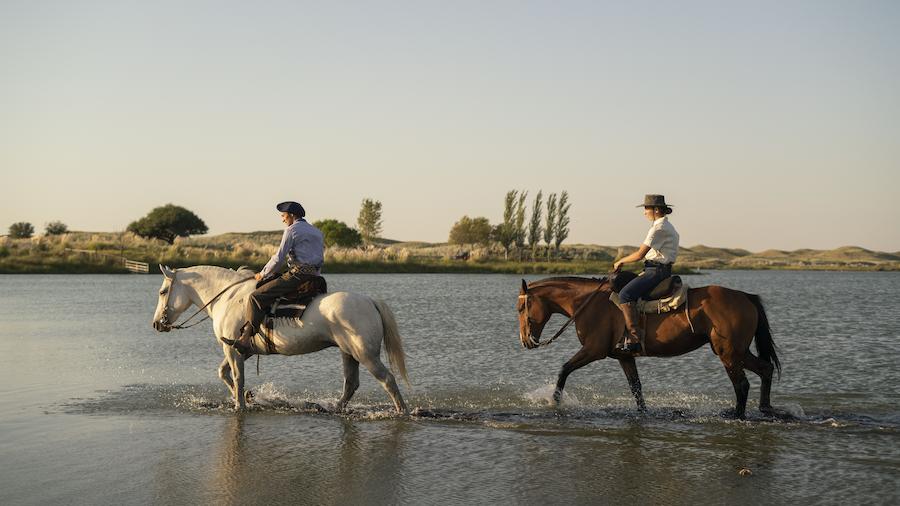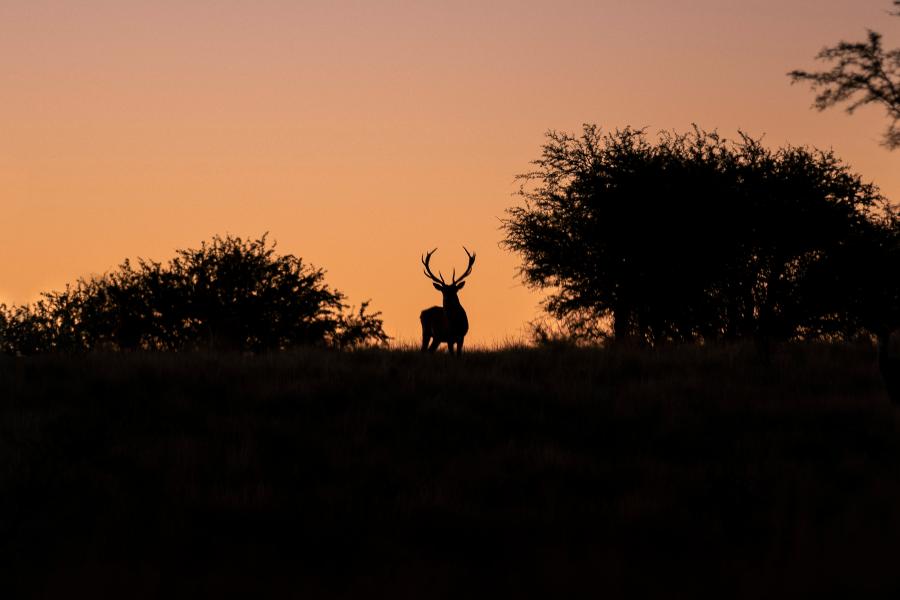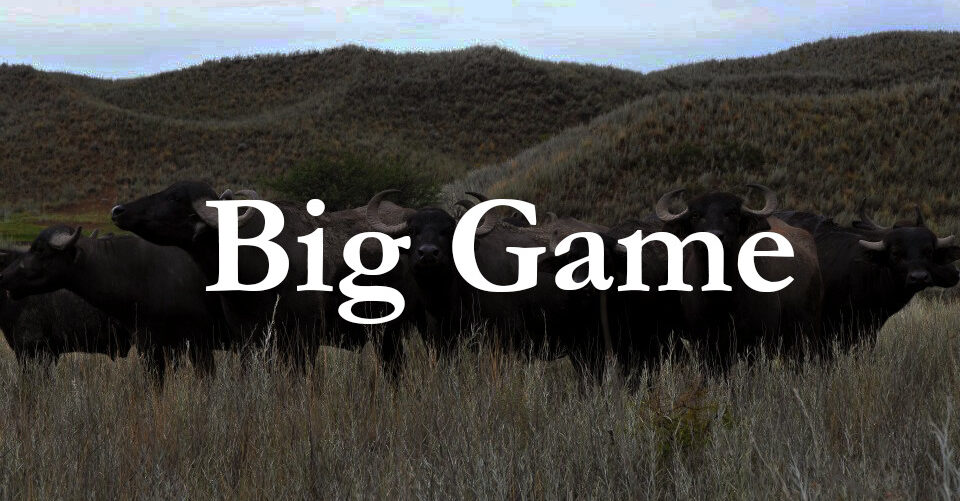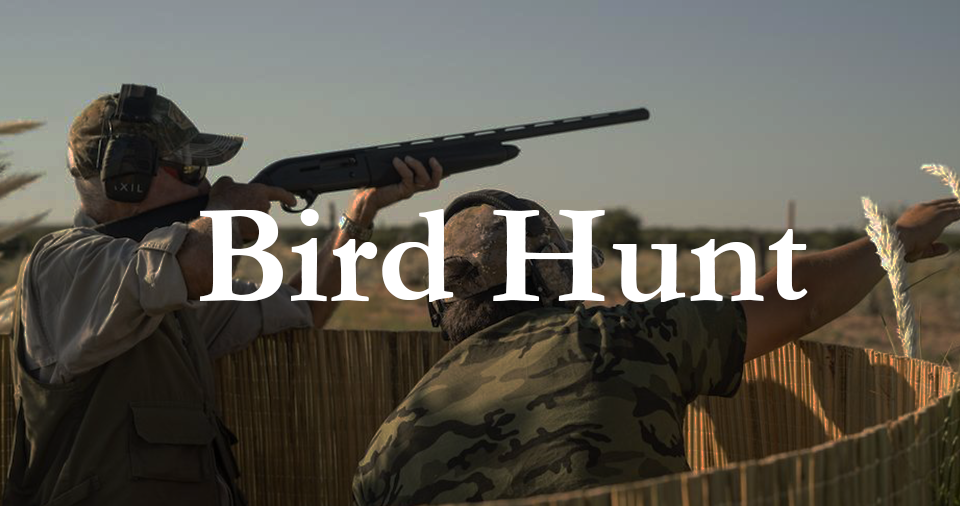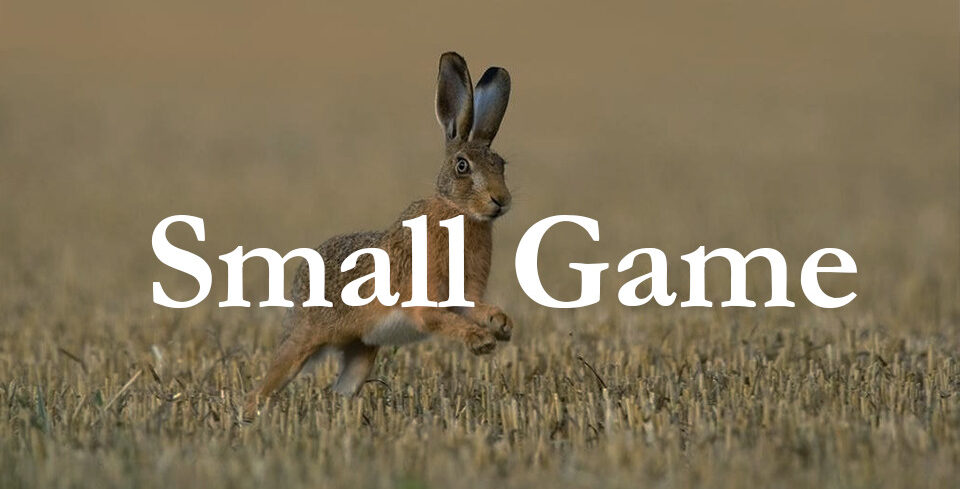Hunting is an activity that has been around for centuries. It is a way of life for many people, and it is also a way to control wildlife populations. However, hunting can have a significant impact on the environment, and it is important to understand the concept of carrying capacity in hunting to ensure that we are not over-hunting and causing harm to the ecosystem.
Carrying capacity is a term used to describe the maximum number of animals that a particular habitat can support without causing damage to the ecosystem. This concept is essential in hunting because it allows us to determine how many animals can be harvested without causing harm to the environment.
The carrying capacity of a habitat is determined by several factors, including food availability, water availability, and habitat quality. When the population of a particular species exceeds the carrying capacity of its habitat, it can result in overgrazing, soil erosion, and other negative impacts on the ecosystem.
In hunting, the goal is to maintain the population of a particular species at a level that is sustainable for the environment. This means that we need to consider the carrying capacity of the habitat and the reproductive rate of the species when determining how many animals can be harvested.
To determine the carrying capacity of a particular habitat, wildlife biologists use a variety of methods, including aerial surveys, ground surveys, and population modeling. These methods allow them to estimate the number of animals in a particular area and determine whether the population is at or above the carrying capacity of the habitat.
Once the carrying capacity of a habitat has been determined, wildlife managers can set harvest quotas for hunters. These quotas are designed to ensure that the population of a particular species remains at a sustainable level.
In addition to the carrying capacity of the habitat, there are other factors that must be considered when setting harvest quotas. These include the reproductive rate of the species, the age and sex structure of the population, and the overall health of the population.
For example, if the reproductive rate of a particular species is low, it may be necessary to reduce the harvest quota to ensure that the population can recover. Similarly, if the population is skewed towards older animals, it may be necessary to reduce the harvest of older animals to ensure that there are enough younger animals to maintain the population.
In conclusion, carrying capacity is a critical concept in hunting that helps us to ensure that we are not over-hunting and causing harm to the environment. By understanding the carrying capacity of a habitat and the reproductive rate of a particular species, we can set harvest quotas that are sustainable and ensure that hunting remains a viable activity for generations to come.

